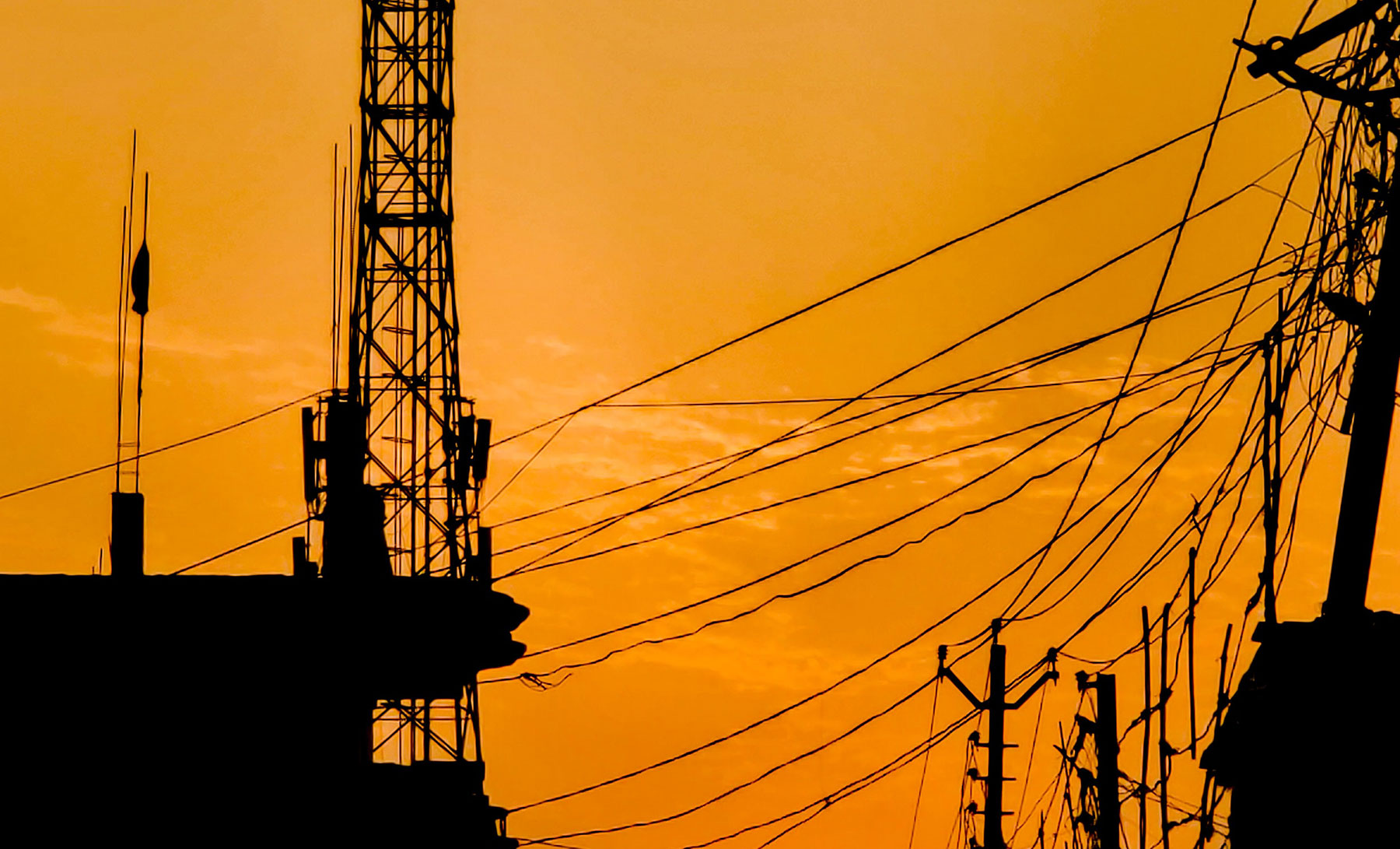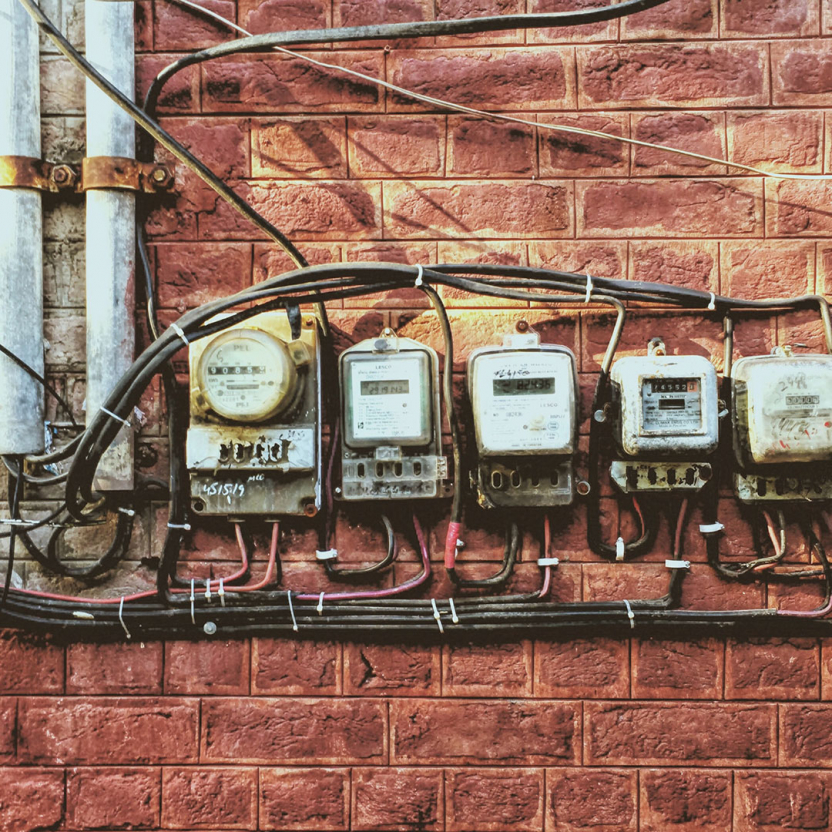
AT&C Losses: Key Facts and Solutions
The production of electric energy is one of the most important factors for the economic development and prosperity of countries. The reduction of Aggregate Technical & Commercial Losses (AT&C) is an absolute necessity for every utility in the world, as they burden the development of the company and of society as a whole.
So in this blog, we will try to help utility companies to find solutions to reduce AT&C losses.
Jump to key topics
Jump to key topics
1. What are Aggregate Technical & Commercial losses?
AT&C losses include the total cost of technical and commercial losses:
Technical losses come from infrastructural limitations or deficiencies — bleed-off from line and energy transport, poorly performing transformers, poorly maintained plant equipment, or plant equipment that is not maintained.
Commercial losses are caused as a result of human factors. Commercial losses can be the result of wrong measurement, meter misreading, or due to energy bills being incorrect or remaining unpaid.
The formula to figure out AT&C loss is:
AT&C Loss = (Energy input – Energy billed) * 100 / Energy input.
When you consider what technical losses and commercial losses are, that formula begins to look like this:
AT&C Opportunity = (Improved maintenance + Decreased energy theft) * 100 / Energy input.
Technical losses, physically speaking, are unavoidable, and they can only be reduced to a certain degree with heavy investment on the distribution network. However, some issues can be resolve that are guaranteed to lower AT&C losses:
- Improving the data collection of energy usage, machine performance, and energy production parameters
- Improving the data collection of utility meters to reduce billing errors
- Auditing the data to spot energy theft, energy loss, and to identify opportunities to correct off-peak energy production.
In short, AT&C is the measurement of wasted resources, erroneous billing due to poor data, and insufficient data in terms of energy production. In the end, it burdens the network development and cuts a big part of energy companies’ revenue.
2. How impactful are AT&C Losses for Utilities?
Commercial losses in developing and emerging countries can be staggering, yet hard to notice. Many national utilities are paying for energy production and not receiving payment for it because of energy theft, fraud and billing errors, which have severe knock-on effects for the rest of society. Removing these losses is therefore a task of utmost importance.
In terms of economic development, energy production is the key that unlocks huge possibilities within society. As economic growth occurs, human development increases and poverty drops as employment opportunities grow. Thus, poverty, employment and human development are directly linked to energy development and the secure methods of energy supply.
The Financial Consequence of Energy Fraud
The range of losses caused by energy fraud and theft vary from country to country, but in some emerging economies, non-technical losses account for around 20-35 percent within a distribution network.
To put it in numbers, the World Bank has estimated that electricity distribution utilities lose $96 billion in annual revenue attributed to commercial losses (which include theft, fraud and billing errors), and a large proportion of these utilities are located in emerging or developing countries.

3. How Can Utilities Reduce AT&C Losses?
Here are a few points that help illustrate how technology can fix the issues that cause AT&C losses.
How is meter reading part of the problem?
For most utilities, meter reading workforces are needed to record readings and issue billings based on consumption. But recording meter data manually is not always accurate, as technicians can misread meters, or mistype data. Input errors become part of AT&C losses. When data is not correct, bills are incorrect and become a problem for both the power company and the consumer.
To reduce labor costs, many utilities outsource the task of meter-reading to a third party, but opportunity for errors and fraud remains. Customers can be tempted to bribe third party technicians into taking a photo of a falsified image, showing their meter at a lower usage level, or into taking a photo of a different meter with lower energy usage reading.
One key change utilities can make to avoid AT&C losses associated with traditional meter reading is to remove manual data entry.
4. What are the advantages of using mobile meter reading?
Mobile meter reading can be a solution to reduce data input errors and limit the risk of issuing incorrect bills to customers. Technicians can read any meter directly with their mobile phone, and capture the data using OCR (optical character recognition) technology.
This solution is faster and more accurate than manually typing or writing data.
In addition to these advantages, mobile meter reading offers utilities tools against fraud:
- Authenticity verification, to make sure technicians are scanning a real meter and not a possibly falsified or outdated picture
- Meter barcode or serial number scanning, to ensure the reading is from the correct meter was recorded
- 2-in-1 meter reading and photo capture, linking the scanned data automatically with a proof photo rather than having a two-step system
These features can be combined with:
- Geo-localization, ensuring that the right meter has been read and not another one from a different location,
- Recording of the time data has been captured, as a proof that it’s not old data.
Request our free Ebook and learn how mobile meter reading can help utilities reduce NTLs.
5. How do smart meters deliver direct readings to your business?
Another solution is the rollout of smart meters. A smart meter or Automatic Meter Reading (AMR) is part of the Advanced Metering Infrastructure (AMI.) Smart meters offer potent results, such as:
- Real-Time Data Access — including energy usage
- Ability to download or export real-time data usage
- Automated meter reading locally or remotely
- Ability to remotely connect or disconnect service
- Wireless modem capable for remote communication via Power Line Carrier (PLC) (similar to GSM.)
But while smart meters are powerful in helping to stop fraud and data input errors, reducing AT&C losses, they require a massive investment. The installation cost for each smart meter can go up to several hundreds of dollars. In India, financial experts estimate that the country would need to invest around Rs1800 billion ($24,5 billion) to transition from traditional to smart meters.

6. Which solution is right for your utility?
For utilities aiming to reduce AT&C losses, choosing a new technology is a balance of trade-offs. Both mobile meter reading and smart meters have their advantages, but in terms of delivering significant savings and reducing the opportunity for fraud, mobile meter scanning is the viable solution for utilities with meter reading workforces.
Anyline utility meter scanning can be easily integrated and works on the existing mobile devices used by utility workforces and 3rd party vendors thanks to our Software Development Kit (SDK). The investment to get started is very limited, and is far from what a smart meter rollout amounts to.
The mobile meter technology from Anyline can also be used by technicians in harsh conditions, like low light environments, or where no service is available – as it requires no internet connection to work.
You can find out if mobile meter reading is the right solution for you by downloading our Energy & Water Demo App to test its capabilities.



